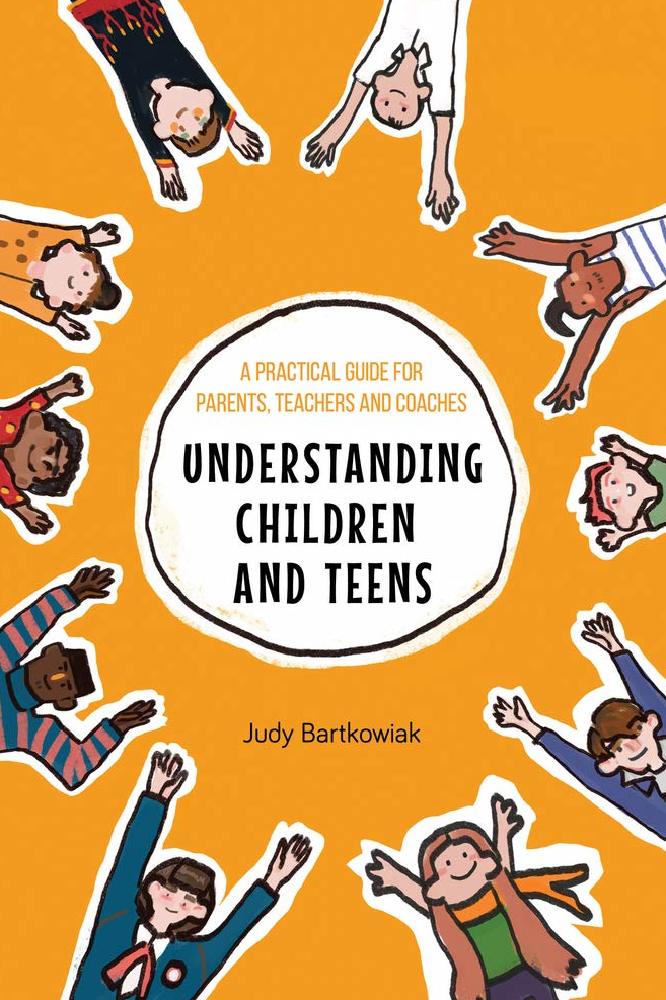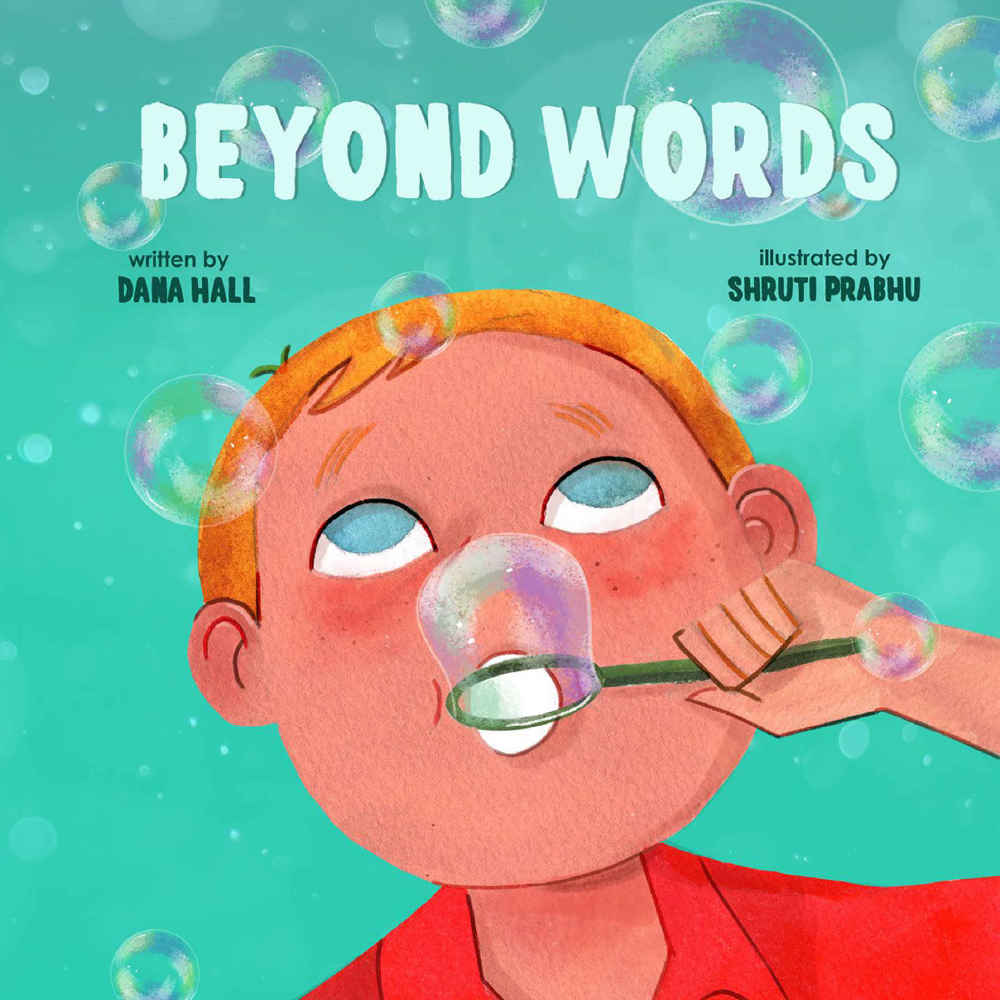I’d like to offer you seven ways to get a better understanding of your children. Why seven? One of the Neuro-Linguistic Programming (NLP) beliefs of excellence is that ‘the person with the most flexibility controls the system.’ This means that the more options we have, the better. Imagine trying to create a piece of music with just two piano notes. That’s like having only two options, my way or your way, yes or no.

Understanding Children and Teens: A Practical Guide for Parents, Teachers and Coaches
1. Be curious, think about that piano keyboard. What if there were more than 20 different ways to understand your children? Parents often ask direct, often unimaginative questions, “what did you do at school today?” Be creative, think about other ways to ask. Also think about your compelling outcome, why do you want to know? Also think about when to engage with them. In the car on the way back from school may not be their ‘right time’.
2. Is your child more visual, auditory or kinaesthetic? Do they think in pictures, sounds or feelings? Match what you say and the questions you ask to their preferred way of connecting. If they are visual maybe encourage them to draw something from their day, ask your auditory child to share something they learn that surprised them, your kinaesthetic child probably just needs to let off steam before talking.
3. What is their love language? How do they experience a feeling of being loved? Is it through physical touch, acts of service, quality time, gifts or words of affirmation? You will understand them much better when you show them love in the way they like to receive it. Be aware that we often communicate with our love language and that might not be theirs.
4. Use ‘clean language’ questions. Instead of using your own words, feed them back their own words in a questioning way. So, “school is sooo boring” you might say “sooo boring?” Other ways to use ‘clean language’ are when we say “sooo boring, tell me what happens just before / just after it is sooo boring?” “Soooo boring, that’s like what?” Maybe also, “if sooooo boring was an animal, which animal would it be?”
5. Children tell you more when they ‘project’ onto something else so asking them to tell your pet about their day or their feelings can work well. “Buster can see you are looking a bit sad, can you tell him what happened?” It also works with cuddly toys.
6. Children tend to love animals and similar to the last idea, they can ‘project’ their feelings onto an animal when you ask them, “what animal are you when you feel like this?” They tell you the type of animal and you can then ask, “and that giraffe, what does he want?”
7. Children love to draw and act through role play, so ask them to draw what they feel or use Moshi Monster characters to act out a situation, or encourage them to act out a conversation between them and their bad/mad or sad feeling. You can get one of their cuddly toys to be the feeling and another to be them.
The theme in all these ideas is to keep us out of the way. Our map of the world is different and it’s only by entering their world you will gain the understanding you need. Theirs is a world of imagination, play, characters and ideas. I ask children to imagine they are the Film Director and ask them to describe the scene, the characters in it and allocate Moshi Monsters or other figures to the parts, then talk me through what happened. In this way they stay safe… disassociated because they aren’t in it. There is a figure representing them, ask them to describe what each person is feeling, what they’re thinking and what they’re saying, including the one representing them. You’ll find out much more by using play, art and projection than by asking direct questions.
Understanding Children & Teens: A Practical Guide for Parents, Teachers & Coaches
By Judy Bartkowiak, published by Free Association Books, November 9th 2020, £11.99, 9781911383505 www.nlpfamily.com freeassociationpublishing.com/product/understanding-children-and-teens-a-practical-guide-for-parents-teachers-and-coaches
RELATED: Seven things you need to know about Apraxia by Dana Hall
Sometimes children are late-talkers, but sometimes more. Conditions like childhood apraxia of speech (CAS) do not organically ‘get better’ in time. Children with communication disorders often demonstrated anxiety, frustration, and at times depression when not able to get their needs met. These difficult feelings can be displayed through their behavior. In order to ease frustration there are many effective tools and resources a child can learn. If you have questions or concerns regarding your child’s language acquisition, please seek a referral to a qualified speech language pathologist to properly assess and treat your child... to read more click HERE


